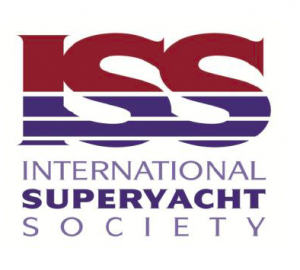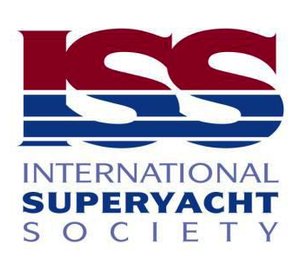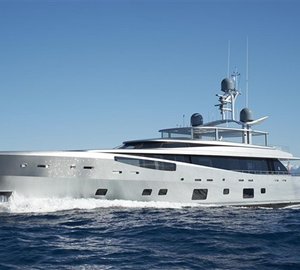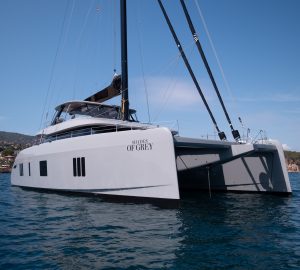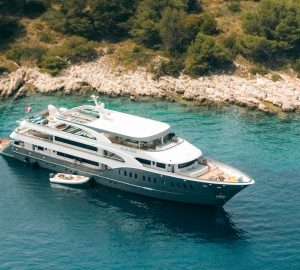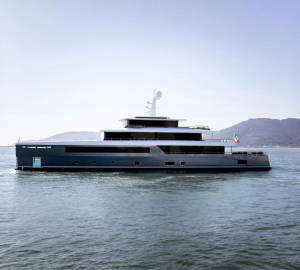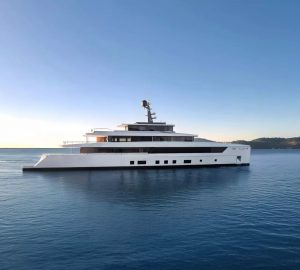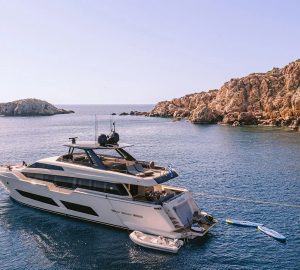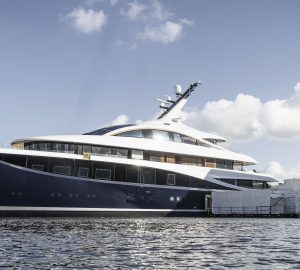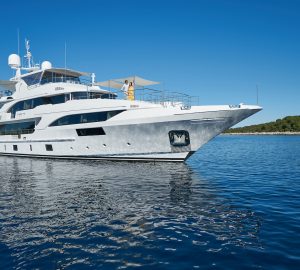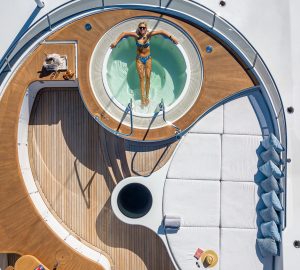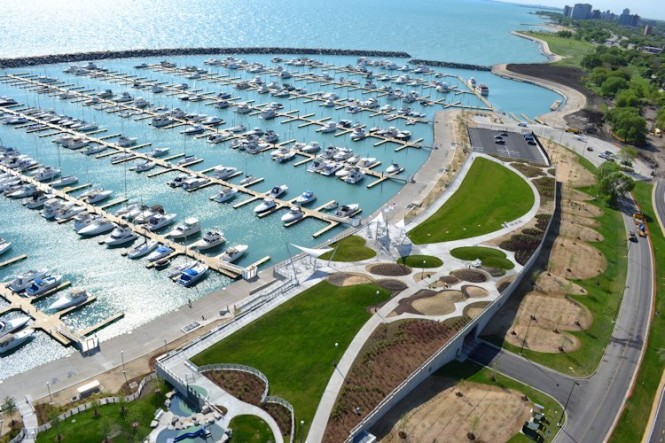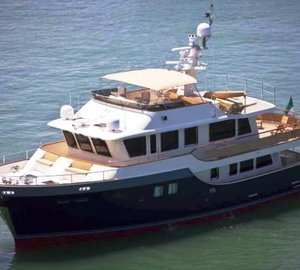The prominent International Superyacht Society (ISS) Fabien Cousteau Blue Award went to the Chicago Park District and its harbor manager, Westrec Marinas, for Chicago’s 31st St. Harbor, the world’s most energy efficient and green superyacht marina.
The ISS Fabien Cousteau Blue Award celebrates stewardship of marine ecosystems. Environmental leadership, global oceanic conservation and resource preservation are prerequisites for nomination. The integration of environmental technologies and resource management with the goal of setting achievable standards and models for wide adaptation in the design, engineering and building of large yachts—and the use of the Earth’s waterways—are essential criteria. Nominations are made by owners and the yachting industry; selection is by a panel of judges, including Fabien Cousteau.
“The 31st St. Harbor is a forward-thinking, world class facility that was built with sustainability in mind,” said Chicago Park District General Superintendent and CEO Michael Kelly. “The response from boaters and park users has been fantastic.”
“On behalf of Westrec and the Chicago Park District, we want to thank Fabien Cousteau and the International Superyacht Society for this prestigious award,” said Scott Stevenson, Executive Vice President of Westrec Marinas. “We view 31st St. Harbor as a model for sustainability in our industry.”
Chicago is home to the largest harbor system in the U.S., and 31st St. Harbor opened as the 10th and newest in May 2012. The newly developed area is adjacent to 31st St. Beach and features numerous amenities for the neighborhood, including a state-of-art playground as well as green space.
The development embraces environmental and social sustainability, designed to achieve a minimum LEED Silver certification. With a community focus, the project includes a 3/4-acre green space, a 63,300-square foot accessible green roof, a great lawn, a fully accessible play area and a community room.
A harbor services building and attached parking garage were built atop former surface lots. A geothermal heating system helps achieve a 33% energy use reduction. The green roof reduces impervious surface, storm water runoff and the heat island effect. Additional environmental benefits were achieved through enhanced refrigerant management, low flow plumbing fixtures (with a 63% water savings overall and 40.4% in building water savings), sensored lighting and delighting in 100% of the occupied spaces.
Native plantings reduce maintenance and irrigation demands. Improved pedestrian and vehicular circulation enhances connections to adjacent neighborhoods, while the green roof and the infill park 500 feet off the shoreline provide exceptional views of the lake and skyline.
The $103 million harbor was funded entirely by boater fees, and not tax payer dollars, expanding upon recreation and leisure opportunities for the surrounding community. In addition, it offers a beautiful green public space with shaded picnic areas, as well as an innovative playground that boasts a climbing wall and public art.
31st St. Harbor features 1,000 floating slips, which will reduce the wait list for a slot at one of Chicago’s harbors. The new harbor has room for yachts that measure up to 200 feet, and the slips have power, water and cable TV.
Additional amenities include a fuel dock; indoor parking garage with heated winter boat storage; public fishing dock; public parking on Fort Dearborn plus a remote parking lot; launch ramp; and a huge rubble mound breakwater.
The massive breakwater stretches more than 3,000 feet with an opening to the southeast. The breakwater is constructed of stones, some weighing as much as 18 tons, and was engineered to protect the harbor from waves as tall as 35 feet. The new breakwater protected the harbor from the recent harsh conditions due to Hurricane Sandy.
The new harbor also creates valuable habitat for marine organisms, particularly fish. Under the new breakwater, a culvert was designed to increase circulation and to create a “fish highway” similar to a feature of Burnham Harbor, a mile north of 31st Street. Additionally, a number of trees were submerged along a section of the breakwater to attract fish.

